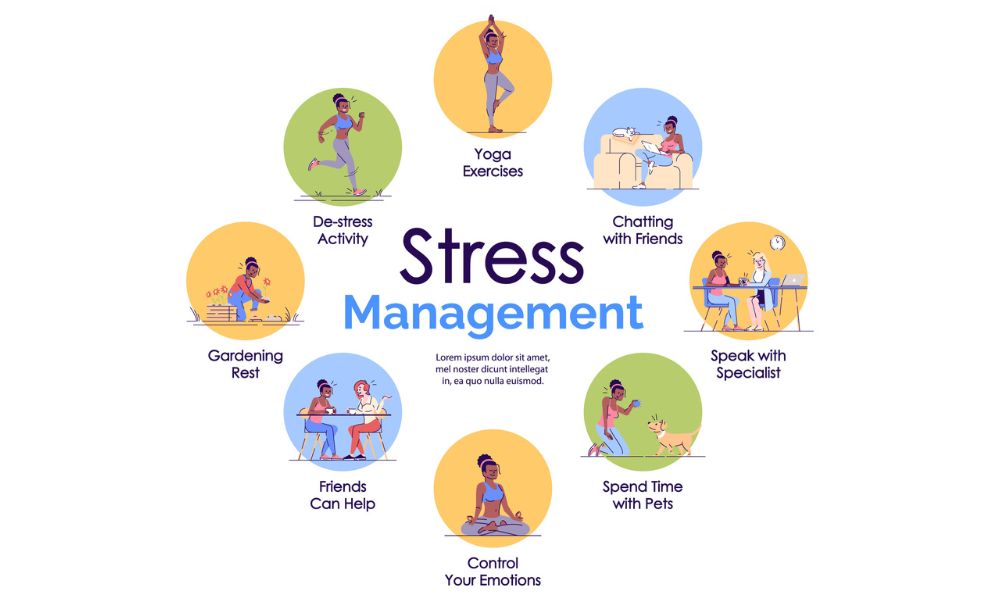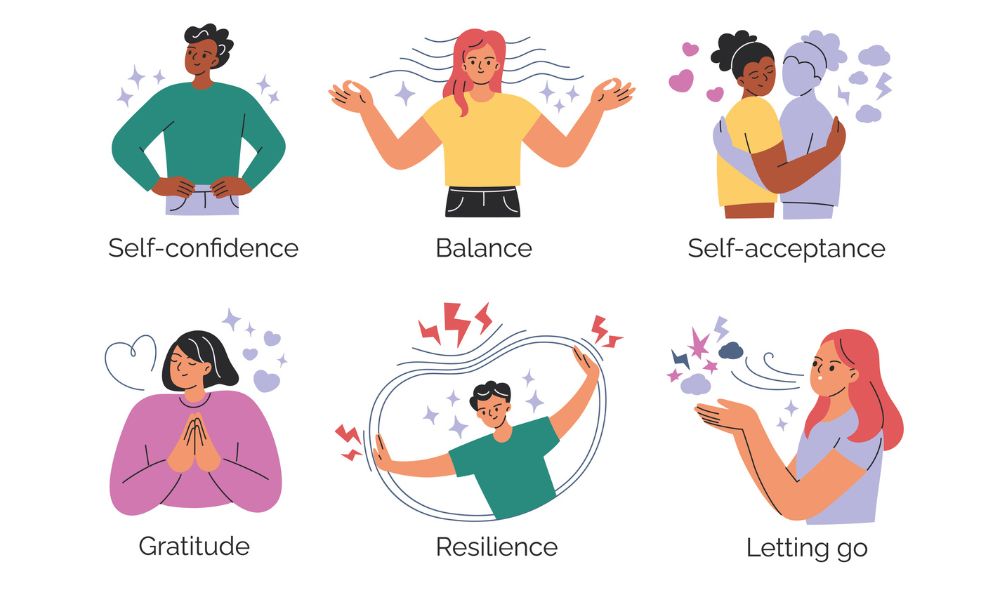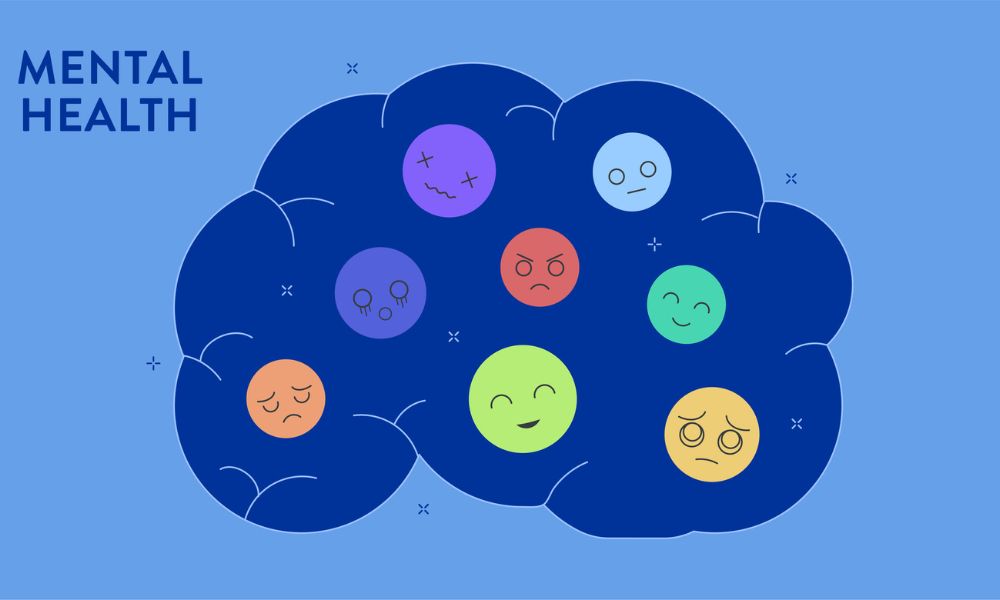As parents, we all face moments that test our patience. Learning effective anger management techniques can help us respond calmly, allowing for healthier interactions with our children. The challenge lies in recognising our triggers and finding the right strategies to stay composed during stressful situations.

By understanding our anger and its impact on our parenting, we can create a more supportive family environment. Employing practical techniques to calm ourselves not only benefits our wellbeing but also teaches our children vital emotional skills. In this post, we will explore various strategies to help us manage our anger and maintain a nurturing atmosphere at home.
Key Takeaways
- Effective anger management improves parent-child communication.
- Simple strategies can help us maintain calm during stressful moments.
- Creating a supportive environment fosters emotional growth for everyone.
Understanding Anger in Parenting

When we think about parenting, anger can be a significant part of our emotional landscape. Recognising what triggers our anger and understanding its impact on our children is crucial for effective parenting.
The Triggers of Parental Anger
Parental anger can spring from various triggers. Common examples include:
- Stress from daily responsibilities: Juggling work, household tasks, and caring for children can overwhelm us.
- Unrealistic expectations: Sometimes we expect too much from ourselves or our children, which can lead to frustration.
- Child behaviour: Disobedience or tantrums can push us to our limits.
- Lack of personal time: If we don’t take time for self-care, our patience can wear thin.
Identifying these triggers allows us to develop strategies to manage our reactions more effectively. When we understand our anger sources, we can address them and create a calmer environment.
Impacts of Anger on Children
Anger can significantly affect our children. When we express anger frequently or intensely, it can lead to:
- Fear and anxiety: Children may start to fear our reactions, making them anxious.
- Behavioural issues: Kids may mimic angry behaviour, thinking it is acceptable.
- Low self-esteem: If children feel blamed or criticised, it can damage their confidence.
- Difficulty in emotional regulation: They may struggle to manage their emotions effectively.
Being aware of these impacts helps us recognise the importance of managing our anger. Our goal should be to foster a safe and nurturing space for our children to thrive emotionally.
Strategies to Stay Calm

Managing anger when parenting can be challenging. We can adopt practical strategies to help us stay composed. Recognising our body's signals of stress is critical, as are techniques for immediate relief.
Recognising Stress Signals
To maintain calmness, we must first be aware of our stress signals. These can include a racing heart, clenched fists, or shallow breathing.
Identifying these signs helps us understand when we are becoming overwhelmed. By paying attention to our emotions, we can take action before anger escalates.
Our body often sends us clues. For example, if we feel a tightness in our chest or our voice starts to rise, it’s time to pause. Acknowledging these feelings allows us to step back.
We should remember that it is normal to experience stress as parents. However, understanding our triggers can empower us to manage our reactions better.
Calming Techniques for Immediate Relief
When we feel anger creeping in, we can use several calming techniques for immediate relief. One effective method is taking deep breaths. Inhale slowly through the nose for four counts, hold for four counts, then exhale through the mouth. This simple act can lower our heart rate and clear our minds.
Another technique is to count to ten. This brief pause can give us time to reflect and regain control of our emotions. Stretching or taking a moment to walk away can also help.
Using positive self-talk is vital. Reminding ourselves that it’s okay to take a break can further ease tension.
With practice, these techniques can become valuable tools in our parenting journey, keeping our emotions in check.
Long-term Anger Management Techniques

To manage anger effectively, we need to adopt strategies that can help us communicate better and understand our emotions. Here are two key approaches that can lead to lasting improvements in our responses to anger.
Cognitive Behavioural Approaches
Cognitive Behavioural Therapy (CBT) is a powerful tool for anger management. This approach helps us identify and change negative thoughts that lead to anger.
-
Identify Triggers: We should keep a journal to note situations that provoke our anger. Recognising these triggers allows us to prepare better responses.
-
Challenge Negative Thoughts: When we feel anger rising, we can ask ourselves if our thoughts are rational.
-
Reframe Thoughts: Instead of thinking, "My child never listens to me," we might reframe it as, "My child is still learning to listen." This shift can reduce our anger intensity.
By practising CBT techniques regularly, we can develop healthier thought patterns and lessen our anger reactions over time.
Communication and Empathy Training
Effective communication plays a crucial role in anger management. Improving how we express feelings can prevent misunderstandings and reduce conflict.
-
Use 'I' Statements: When discussing feelings, we can use phrases like "I feel upset when..." This helps us express our emotions without blaming others.
-
Active Listening: It’s important for us to listen actively to our children. By showing we understand their feelings, we can reduce frustration on both sides.
-
Empathy Exercises: We can practise putting ourselves in our child’s shoes. Understanding their perspective can foster patience and reduce anger.
By focusing on these techniques, we can create a calmer home environment and better manage our anger as parents.
Managing Frustration in Child-Rearing

Managing frustration in child-rearing is crucial for maintaining a calm environment. By setting realistic expectations and using constructive discipline strategies, we can navigate the challenges of parenting with confidence.
Setting Realistic Expectations
As parents, we often have high hopes for our children’s behaviour and abilities. However, it's essential to remember that children develop at their own pace. We should set achievable goals based on their age and maturity.
For example, expecting a three-year-old to sit quietly for long periods is unrealistic. Instead, we can encourage short bursts of focused activity followed by breaks. By anticipating developmental milestones, we mitigate frustration when things don’t go as planned.
We can also communicate these expectations clearly to our children. Using simple language helps them understand what we expect and why it matters. When we manage our expectations, it leads to less frustration and more effective parenting.
Constructive Discipline Strategies
When dealing with challenging behaviours, we need to implement constructive discipline strategies. Punishment often escalates frustration, while understanding the underlying issues promotes problem-solving.
Instead of yelling or harsh discipline, we can take a calm approach. For instance, we might use time-outs not as punishment but as a moment for the child to calm down. This method can create space for reflection.
We can also engage in positive reinforcement. Praising good behaviour encourages children to repeat it. A simple chart could track their progress, making it a fun and engaging way for them to see their improvements.
By focusing on problem-solving rather than reactions, we foster a supportive environment. This leads to better behaviour and reduces our own frustration as parents.
Problem Solving in Parent-Child Conflicts
When conflicts arise between us and our children, effective problem-solving can lead to better understanding and resolution. We can employ techniques that foster communication and reinforce positive behaviour.
Active Listening and Response Techniques
Active listening is key in resolving conflicts. We should give our full attention when our child speaks. This means making eye contact and avoiding distractions.
We can paraphrase what they say to show we understand their feelings. For example, if our child is upset about losing a toy, we might say, “You’re really sad because your toy is missing.”
Responding with empathy is vital. Instead of reacting with anger, we can validate their feelings. Phrases like, “I see that you’re frustrated,” can help our child feel heard.
As we use active listening, we should ask open-ended questions. This encourages our child to express themselves more fully and can lead to finding common ground.
The Role of Positive Reinforcement
Positive reinforcement can change our child’s behaviour for the better. When we praise them for good behaviour, it motivates them to act positively again.
For example, if our child shares their toys, we can say, “I really appreciate how kind you were to share!” This encourages them to continue sharing in the future.
We can also use incentives, like a sticker chart, to reward behaviours we want to encourage. This visual tool makes it fun and engaging for our child.
Remember, consistency matters. If we reinforce a behaviour today, we should do the same tomorrow. This builds trust and helps our child understand what we expect from them.
Using these techniques can create a more harmonious environment for our family.
Creating a Supportive Family Environment
A supportive family environment is essential for managing stress and fostering healthy relationships. By encouraging open communication and prioritising self-care, we can create a home where everyone feels valued and understood.
Fostering Open Communication
We should encourage our children to express their thoughts and feelings. When we actively listen to them, it builds trust and strengthens our bond.
To promote open dialogue, we can set aside regular family meetings. These meetings provide a safe space for everyone to share their concerns or achievements.
Using open-ended questions can help children feel more comfortable. For example, instead of asking, "Did you have a good day?", we might say, "What was the best part of your day?" This invites more in-depth responses.
Also, it's important to model good communication ourselves. When we share our feelings, we show our children that it’s okay to be honest about their emotions.
The Importance of Self-Care for Parents
Self-care is critical for us as parents. When we take time to recharge, we are better equipped to handle our children's needs and emotions.
Simple activities like reading, exercising, or enjoying a hobby can help reduce stress. Even short breaks throughout the day can make a significant difference.
We should also seek support from friends or family. Talking with others who understand our challenges can provide relief and new perspectives.
Creating a self-care routine can significantly improve our well-being. This helps us to be more patient and calm, ensuring a nurturing atmosphere for our kids.
In prioritising our health, we show our children the importance of taking care of themselves. A balanced approach to parenting leads to a happier family life.
The Journey of Personal Growth as a Parent
As we navigate the challenges of parenting, we encounter opportunities for personal growth. This journey helps us recognise our shortcomings and embrace change, ultimately leading to improved relationships with our children.
Learning from Mistakes
We all make mistakes in parenting. It is essential to view these moments as valuable lessons rather than failures. Each time we react in anger or frustration, we can reflect on what led to that response. This reflection allows us to understand our triggers and recognise patterns.
Creating a list of specific situations that caused us to react negatively can be beneficial. By identifying these instances, we learn to manage our emotions better. For example:
- Identify triggers: Write down situations that lead to anger.
- Reflect on responses: Consider how we reacted and why.
- Plan for improvement: Think of better ways to respond next time.
This process promotes personal development, guiding us toward calmer reactions in the future.
Embracing Change and Forgiveness
As we grow, we must embrace change in ourselves and our parenting styles. Change is not only natural; it is necessary for growth. We need to be open to adapting our approaches based on what our children need.
Forgiveness also plays a crucial role in our journey. We must forgive ourselves for past mistakes and recognise that we are learning along the way. By acknowledging our imperfections, we create a loving environment for our children. This fosters healthy communication and emotional development.
By focusing on these aspects, we build stronger connections with our children. We must remain committed to our personal growth, knowing that each step leads us to become better parents.
Conclusion
Managing anger while parenting is essential for maintaining a healthy environment. When we recognise our triggers, we can better control our emotions.
Here are some key strategies to keep in mind:
- Identify Triggers: Understanding what upsets us helps in avoiding situations that lead to anger.
- Practice Time-Outs: Stepping away for a moment allows us to cool down and think clearly.
- Establish Clear Limits: Setting rules before conflicts arise can prevent emotional reactions.
Staying calm sets a positive example for our children. It teaches them how to manage their own emotions in the future.
Incorporating techniques for anger management can improve our parenting skills and relationships. The benefits of calmness extend beyond immediate interactions. We create a nurturing atmosphere that fosters growth.
By working together, we can support one another in this journey. We can always strive for improvement and find ways to stay grounded amidst the challenges of parenting.
Frequently Asked Questions
In this section, we address common queries that many parents have about managing anger and maintaining calm in challenging situations. These questions cover strategies for self-regulation, ways to support children in managing their feelings, and specific techniques for addressing aggressive behaviour.
What strategies can parents employ to maintain composure when children provoke frustration?
We can use various strategies to stay calm during frustrating moments. Taking deep breaths helps to lower tension. We may also count to ten before responding, giving ourselves a moment to gather our thoughts.
Establishing a routine can help manage expectations. When children know what to expect, it can reduce frustration for everyone involved. Additionally, creating a quiet space for ourselves to pause can be very beneficial.
In what ways can parental anger be managed without resorting to shouting?
Managing anger without shouting involves recognising our triggers. We should try to identify situations that cause us to feel stressed. Practising mindfulness or relaxation techniques can also help us respond more calmly.
Choosing our words carefully is essential. We can explain our feelings without raising our voices, fostering better communication. Taking a break from the situation when we feel overwhelmed can prevent angry outbursts.
How can a parent's own emotional regulation impact their child's behaviour?
Our emotional regulation significantly affects how our children behave. When we model calmness, children learn to manage their emotions better. They observe our coping methods and may imitate them in their own reactions.
If we are consistently calm and composed, it can create a more stable home environment. Children thrive in a setting where they feel secure and understood, leading to improved behaviour.
What are the effective techniques to help children manage anger at school?
To help children manage anger at school, we can teach them specific techniques. Encouraging them to express their feelings in words instead of through actions is vital. Role-playing scenarios can help them practice responding to frustration calmly.
We can also introduce mindfulness exercises they can do during breaks. This could include deep breathing or visualisation techniques to regain focus. Additionally, collaborating with teachers can ensure our children receive consistent support.
Are there child-specific anger management therapies for children with ADHD?
Yes, there are therapies specifically designed for children with ADHD. Cognitive-behavioural therapy (CBT) can be effective in teaching these children how to recognise and manage their anger. Therapy sessions often focus on skills like impulse control and emotional regulation.
Support groups for children with ADHD can also provide a safe space for sharing experiences and learning coping strategies. These programmes are tailored to meet the unique needs of children in such situations.
What steps can parents take to address their child's aggressive episodes at home?
When dealing with aggressive episodes, we should first remain calm. Responding with understanding rather than punishment is crucial. We can talk to our child about their feelings and help them understand what triggered their aggression.
Establishing clear rules about behaviour at home is also important. Consistency in enforcing these rules helps children understand consequences. Finally, seeking professional help when necessary can provide additional strategies for managing aggressive behaviour effectively.





















